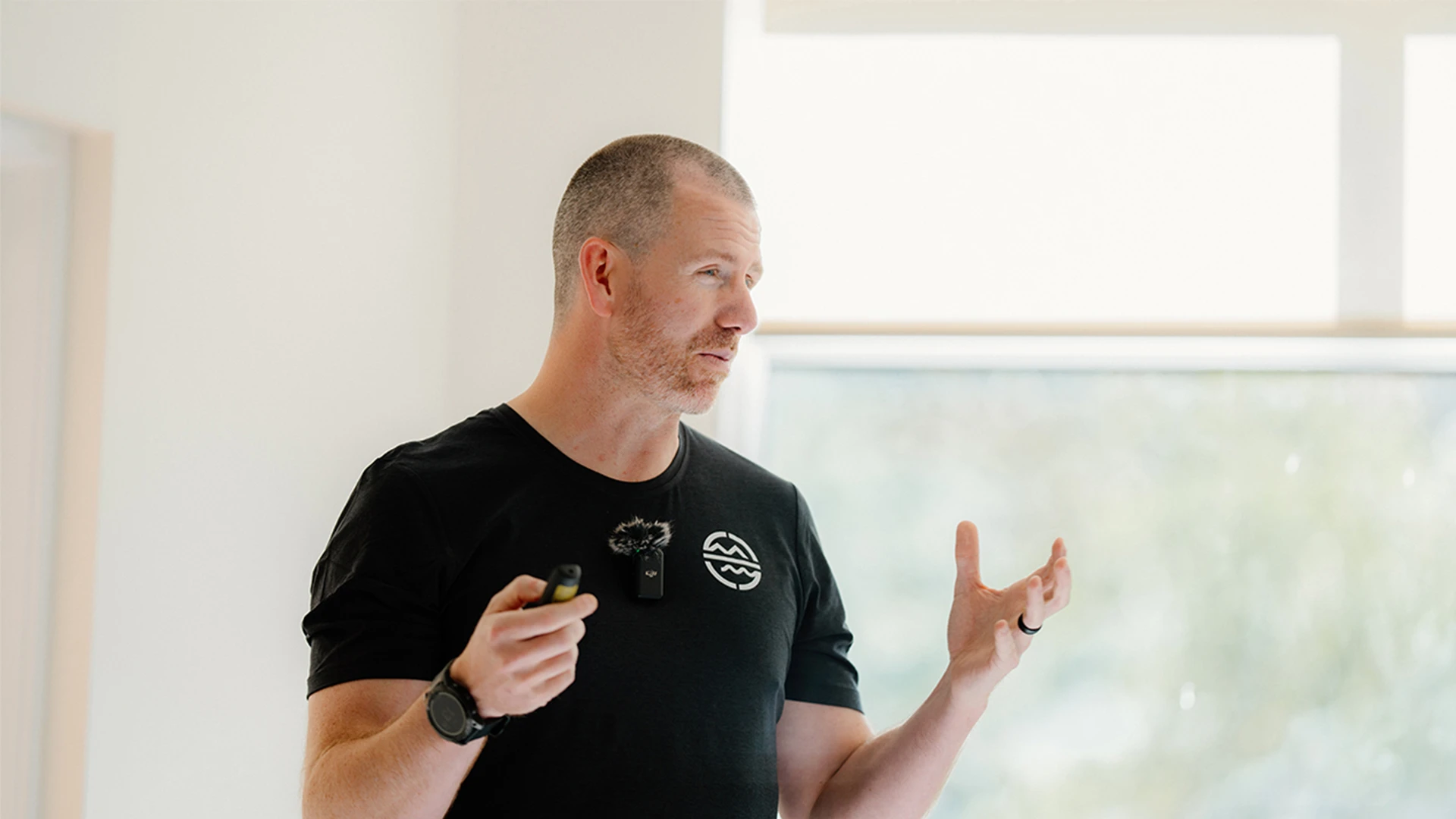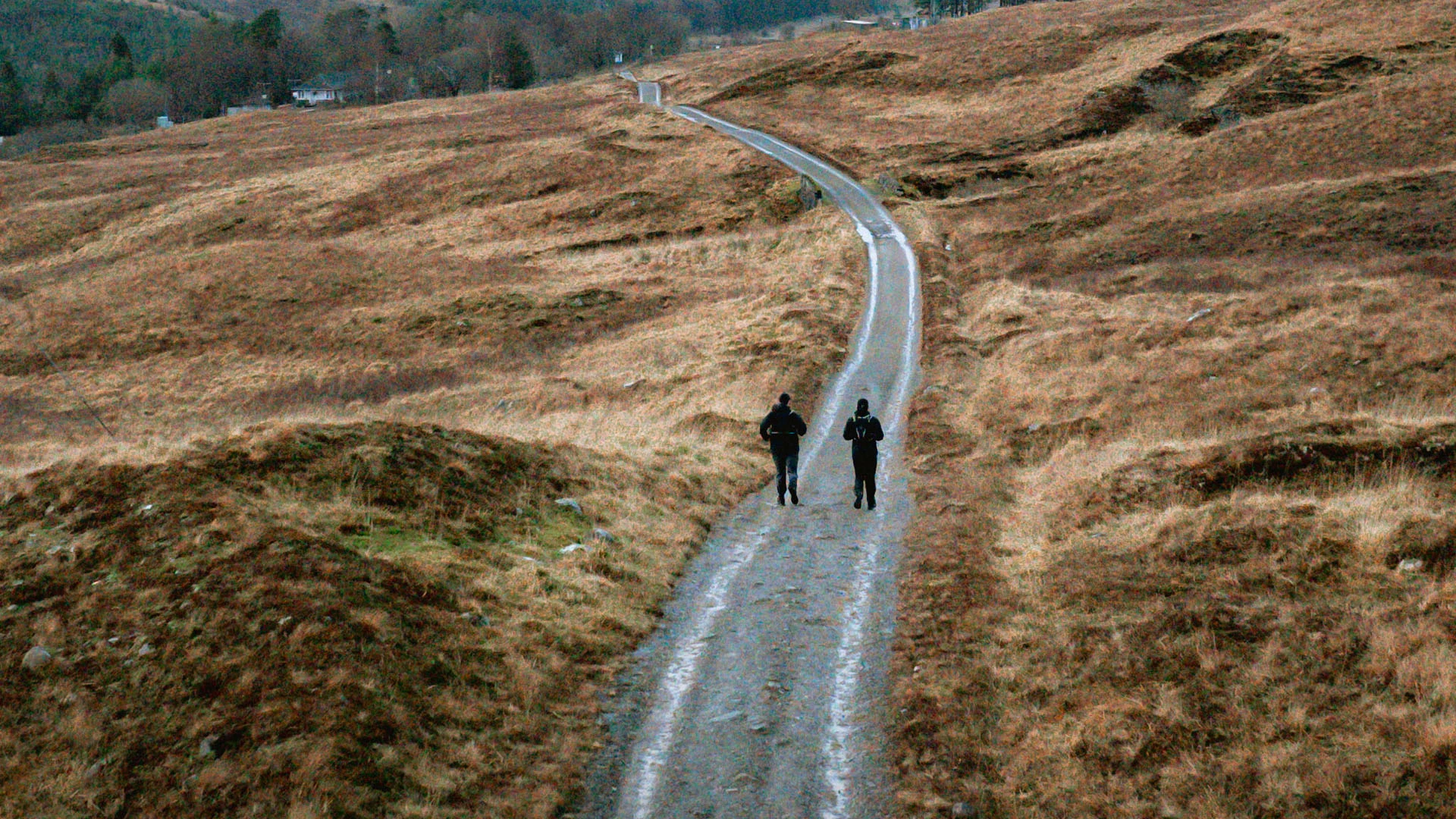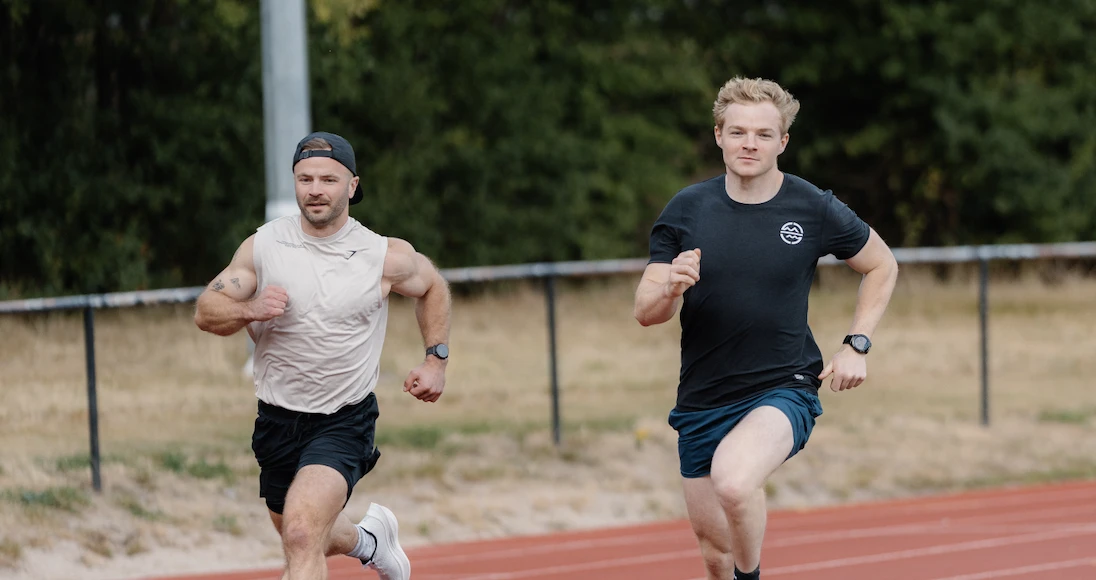Training While Travelling: What the Military Taught Me About Staying Fit Without a Gym
During my time in the British Army, I served in 16 Air Assault Brigade, in one of the UK’s most active and deployable units. Fitness has been vitally important to my career, and as you can imagine, I’ve trained in some interesting places. Jungle clearings in Belize, aircraft hangars, multi-story car park ramps, and even the humble bike rack, have all played a part in keeping me consistent.
In the final 12 months of my service alone, I deployed on a field exercise 11 times. This chaotic period made staying in routine very challenging. My time serving and travelling has given me a true appreciation for bodyweight training and its potential when used intelligently.
This is a short guide built from the sum of those experiences. Whether you are on holiday, working away, or just out of routine, these 8 tips will help you to train effectively with almost no equipment and limited time.
Caption: Kieran training weighted pull ups in the rainforest of Belize.
1. Respecting bodyweight training.
Bodyweight training is too often associated with high-rep circuits and basic conditioning. While these circuits can be useful in some situations, they often lack the structure or intensity needed to maintain or improve strength.
The key is to use calisthenics (bodyweight training) in a way that increases difficulty progressively. We have several aspects of an exercise that we can change to make it more challenging, without additional load:
-
Tempo: Slowing down the lowering phase (eccentric) of an exercise, or lifting very explosively (on the concentric) is a very simple way to increase the challenge.
-
Pauses: Add a pause in the most difficult part of the exercise (e.g. think about the top of a pull up versus the bottom of a push up).
-
Range of motion: As a general rule, the further you must move the weight being lifted, the harder that exercise is going to be. Raising our hands on a step, or standing on a bench, are both examples of how to increase the range of motion.
-
Leverage and joint angles: We’ll cover this in more detail in the next point.
These principles can help you replicate the feeling of a heavy strength session using nothing but your body and the environment around you.
Let’s apply those principles to a familiar movement: the push-up
For stronger people, this is an easy exercise. To increase the challenge further:
-
Add range by placing your hands on blocks or books.
-
Slow the eccentric portion of the movement.
-
Introduce a pause at the bottom.
-
Change the body position by raising the legs.
I can easily perform 50 standard push-ups. But with a slow eccentric, added range, and a pause in the bottom position, I’m working hard to complete 12 to 15 reps.
That’s now a very useful exercise.
2. Understanding leverages
The body doesn’t ‘understand’ what “weight” is being lifted, it only understands what resistance it must overcome. In the timeframe of a training session, our body weight is of course fixed. However, we can manipulate joint angles to provide a greater amount of resistance to overcome, and therefore make any exercise more challenging.
It can be helpful to think about either how far a joint must move through space whilst we’re moving, or what might be a ‘disadvantageous’ position to lift from, when we’re trying to make an exercise harder.
I’ll give you an example here:
In a standard push up, the shoulder joint is not overly stretched. You can see that in picture A, my shoulder joint is stacked over my wrist at the top position, and only slightly in front of my wrist in the bottom position.
In picture B, the shoulder is significantly further in front of my wrist in both positions. This position, known as the ‘pseudo-planche position’ is SIGNIFICANTLY more taxing on my shoulder muscles with just a very subtle shift of my bodyweight and joint position.
Very small tweaks turn “easy” exercises into legitimate strength exercises.
3. Creative Pulling Options
Vertical pulling (think pull ups or lat pull down) tends to be the hardest pattern to train without equipment. But with a bit of imagination, there are always options.
-
Use bike racks or low bars for inverted rows or feet assisted pull ups.
-
Find tree branches, scaffolding, or overhangs for pull-ups.
-
Wrap towels or straps around sturdy beams for neutral-grip pulls.
-
Perform eccentric-only reps if you can’t yet complete full pull-ups.
Tree pull-ups and commando-style grip variations can work around uneven surfaces or awkward branch shapes. If you are creative with your surroundings, you’ll find something to hang from.
4. Training the Lower Body with bodyweight
To properly challenge the lower body, especially for people with a decent strength base, you’ll almost certainly need to work one leg at a time.
The shrimp squat is one of the most useful exercises here. It is more accessible than a pistol squat, and much easier to scale.
To progress:
-
Begin with hand-supported shrimp squats.
-
Add a deficit by standing on a step or curb to increase range of motion.
-
Introduce a slow eccentric and a pause at the bottom.
-
Load up with a weighted backpack if needed.
I’ve squatted well over 500lbs, and I can still find ways to make these difficult if I control the tempo and use full range with a deficit. It’s easy to underestimate bodyweight training until you try it properly.
5. How Much Training You Really Need to Maintain
Missing your usual gym sessions can feel stressful, but you need far less training than expected to retain fitness.
According to the research:
-
Strength can be maintained with just one or two short sessions per week, with very limited volume.
-
Aerobic fitness begins to decline after two to three weeks of no training, but the change is slower than most people assume.
-
You can often maintain performance with just a third of your usual volume. If you’re used to running 30km a week, just 10km a week could be enough to maintain what you’ve worked so hard to build.
A couple of 30-minute sessions spread across a week is enough to hold your ground. That’s especially relevant when time, equipment, or routine is out of your control.
6. “Exercise Snacks”
You can also benefit from movement that doesn’t feel like training at all. These small, frequent activities are known as exercise snacks.
Examples include:
-
Running up stairs instead of walking.
-
Push-ups or squats while waiting for food to cook.
-
A short walk after each meal.
-
Light movement or stretching during long periods of sitting.
These low-effort actions can make a genuine difference, especially during busy or disrupted travel periods, and are proven to contribute to health more than you might imagine.
An encouraging message to bear in mind: When it comes to our health, NO amount of exercise is too small to consider worthless. A single set of push ups or squats is still better than nothing.
7. Minimal Equipment That Makes a Big Difference
If you travel regularly or know in advance that training facilities will be limited, consider bringing a few compact tools.
I’ve carried a pair of gymnastics rings on every deployment I’ve ever done. They slide down the side of a rucksack and weigh almost nothing. I’ve set them up in trees, hangars, bunkhouses, gym shelters, and more. With just those, I can train every upper-body movement pattern I need and use them for hand-supported lower-body work too.
Other worthwhile options:
-
A TRX or suspension trainer: A little less versatile than rings, but even smaller.
-
A medium-strength resistance band: Opens up a wide range of extra resistance that you can apply to exercises such as press ups, split squats or rows.
Each of these takes up very little space. If you know what to do with them, they massively expand your training options without relying on a gym.
Caption: A pair of gymnastics rings can go almost anywhere with you, and are one of the most versatile training tools around.
8. If You Didn’t Train at All, You’ll Be Fine
If your trip was chaotic and you didn’t train at all, don’t panic. You won’t lose everything overnight.
“Muscle memory” is a very real phenomenon. Detrained athletes often regain strength and fitness at roughly two to three times the speed it was originally developed.
Start with lower volume, ease back into normal loading, and be patient with soreness in the first few sessions. Your progress will return quickly.
Conclusion
You don’t need a gym to train well. Whether you’re away for work, on holiday, or deployed overseas, you can still make progress or hold your ground with minimal kit and smart planning.
Remember the key levers that we can control that make an exercise more challenging:
-
Tempo
-
Pauses
-
Range of motion
-
Leverage and joint angles
Use calisthenics with purpose. Pack a few versatile tools. Stay active with small daily movements. Be creative and practical, and you’ll stay fit wherever you are.
If you want help building a training plan that works around your lifestyle, we’re here to help.
Want to learn more about bodyweight training? On the 14th of August 2025, Head Coaches Kieran and James will be deep diving into how this powerful tool can be used to build strength and muscle without a gym, and keep you consistent whilst travelling.
This event is exclusive to Omnia Performance Silver and Gold athletes only, and is just one of the many benefits of this amazing community.
 How to Train and Fuel Smart During the Winter: Expert Advice from Omnia Performance
How to Train and Fuel Smart During the Winter: Expert Advice from Omnia Performance
 Ultra Marathon Training: Expert Tips on Nutrition, Strength, and Endurance
Ultra Marathon Training: Expert Tips on Nutrition, Strength, and Endurance
 How To Train Twice A Day (Effectively)
How To Train Twice A Day (Effectively)